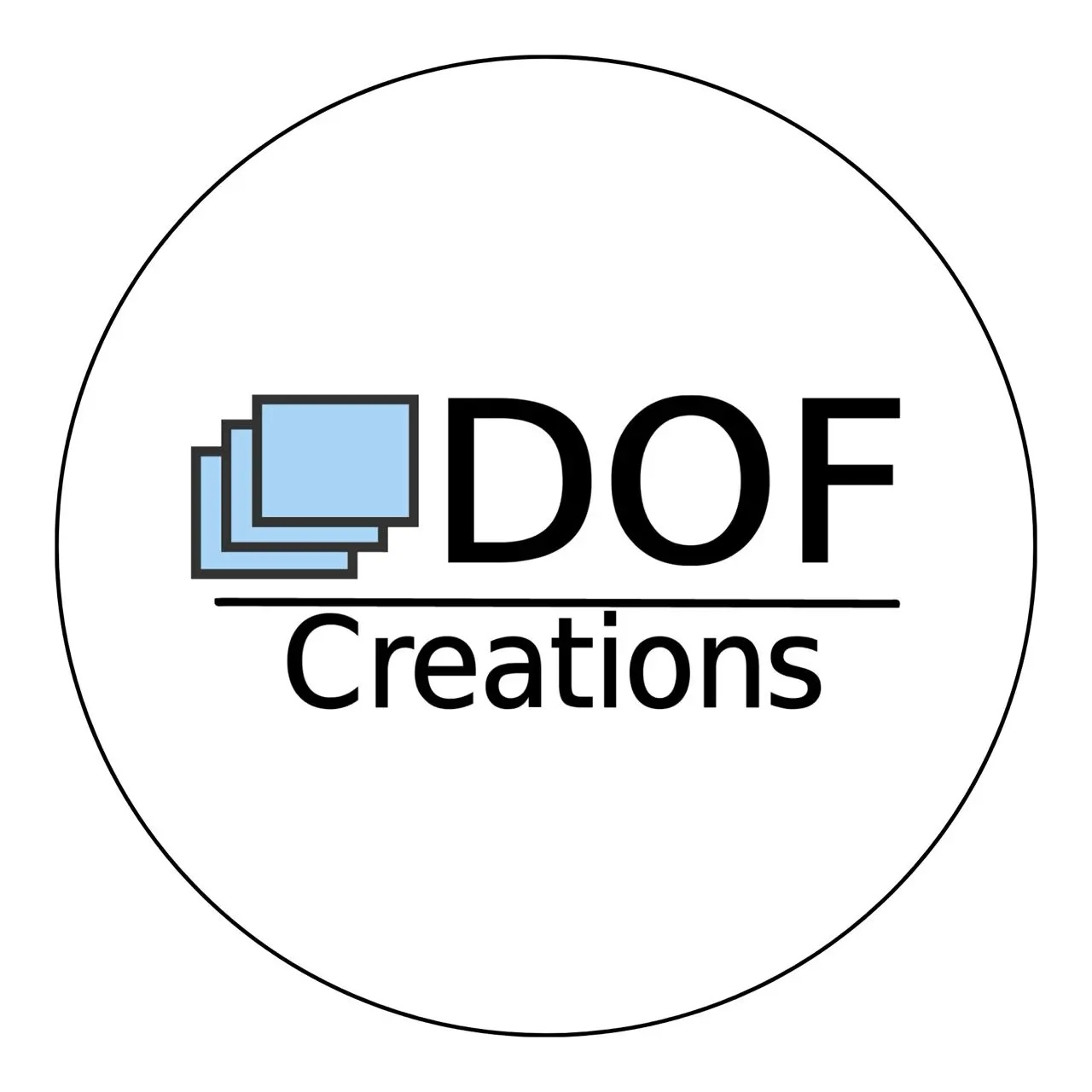While some consider it a pillar, others consider it a goal. Continuous improvement is the iterative process. DevOps, when implemented to your goals and team’s specifications, allows you to continuously get ways to improve. You can use feedback from monitoring to refine your processes, and, through effective collaboration, enable your team to make adjustments when necessary. This allows you to make small, easy-to-manage fixes and upgrades to your code, and allows you to avoid the headache of a major teardown and rebuild.
Continuous Improvement isn’t a luxury in the technology space. As organizations across the public and private sectors work to meet new demands from internal users, better support external users, and ensure that they don’t look like they’re in the stone ages compared to everyone else, entities of all types want to be cutting edge in some way. So many want to tweak their user interface, build out new functionality, or keep pace with a similar organization.
But the challenge is “How can we get from where we are today to where we want to be tomorrow”. DevOps, as mentioned above, helps you avoid a major teardown of your website or application. Rather than trying to move to a modern strategy overnight and translate your old, internal processes into a more streamlined, universal method, DevOps lets you make small changes on your schedule. You develop as you need to, adjusting, adding to, or removing what you do and don’t want from your code because you have the flexibility to do so.
DevOps practices help developers write more stable code faster by promoting collaboration, automation, and continuous feedback. Developers can focus on delivering high-quality code quickly, which ultimately benefits both the development team and end-users by enabling you to deliver high-quality software more quickly and reliably. DevOps relies on a few primary pillars:
1. Collaboration: DevOps promotes collaboration and communication between different teams involved in software development, such as developers, testers, operations, and business stakeholders.
- This collaboration ensures that everyone is on the same page and working towards the same goals, which helps to reduce errors and misunderstandings.
- Because your team is rarely just a single, internal person, you’ll need to collaborate across your staff, various departments, and, possibly, vendor partners.
- What’s your plan to communicate with them? Build strategies, prioritize tasks and outcomes, and direct everyone’s vision to a single set of goals?
2. Continuous Integration and Continuous Deployment (CI/CD): CI/CD is a set of practices that automate the software release process.
- This means that code changes are frequently integrated and tested, and then automatically deployed to production if the tests pass.
- This helps to catch errors early in the development process and reduces the time it takes to release new features.
- How have you traditionally tested for failure, for security holes, or to ensure your desired functionality is implemented?
- How do you ensure your standards or desired impact has been met or delivered?
3. Automation: DevOps encourages automation of repetitive and time-consuming tasks, such as testing, deployment, and monitoring.
- This can help to reduce errors and increase efficiency, which ultimately results in faster development times and more stable code.
- With every aspect of IT leaning into AI and automation to increase resiliency, security, and performance, how can automation help you to reshape your development strategies?
- Does automation help you to overcome staffing issues, increase the resiliency and security of your code, or improve collaboration (by keeping development tasks to important tasks, and getting rid of repetitive tasks)?
4. Monitoring and Feedback: DevOps practices include continuous monitoring of applications and systems, which provides feedback on performance and stability.
- This feedback helps developers identify issues and fix them quickly, which reduces downtime and improves the overall user experience.
- How does your development team find issues and communicate regarding remediation (do you have a set cadence, tools or technologies to find and alert you to problems, or a 3rd party that takes over the heavy lifting here)?
By following these best practices, you can implement DevOps practices that fuel Continuous Improvement by creating a faster and more efficient development process. Contact an expert to learn how your team can develop code faster and build more resilient Websites and Applications.



